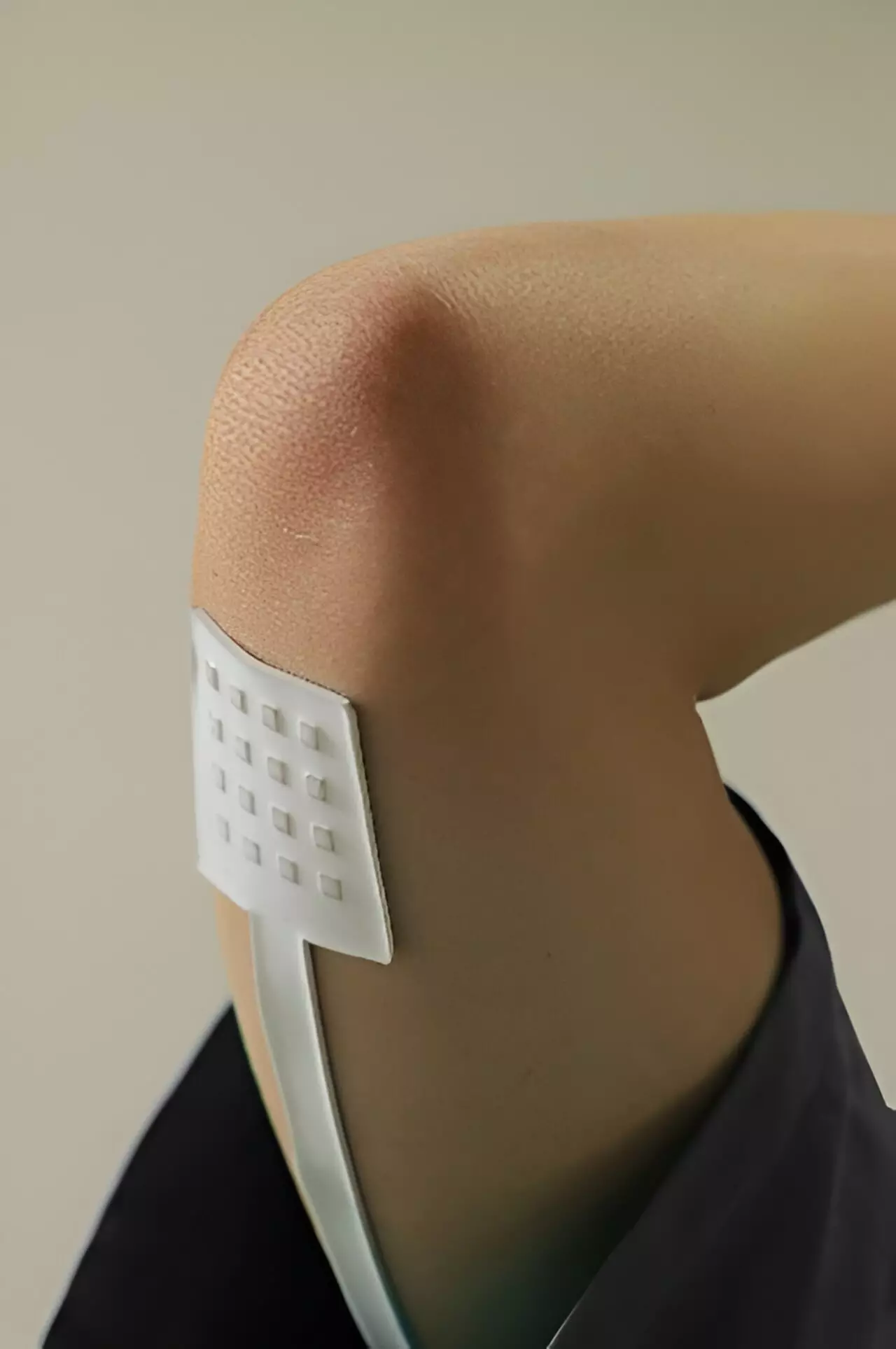Imagine a future where flexible tactile sensors can adhere to the surface of your skin, providing customized detection of biomechanical signals from different areas of your body. This futuristic concept is on the brink of becoming a reality, thanks to groundbreaking research conducted by researchers from Peking University. In a recent study published in the journal Science Advances, these researchers have unveiled a set of flexible, modular tactile sensors that utilize 3D micro strain gauges as sensing units. This innovation allows for high-density mapping of pressure, wireless monitoring of biomechanical signals, and the separate measurement of temperature, normal force, and shear force.
Han Mengdi, the corresponding author of the paper, has expressed his excitement about the potential of these 3D micro strain gauges in the development of flexible tactile sensors and electronic skins. By converting planar strain gauges into 3D forms through a lithographic technique-compatible process, the researchers have expanded the sensing capabilities and improved the spatial density in tactile sensing. The 3D micro strain gauges, driven by thin film stress, have shown remarkable consistency and stability, highlighting their potential for parallelization and mass production. The microfabrication process used in creating these sensors is fully compatible with existing technologies, allowing for seamless integration with both microelectronics and macroelectronics.
Chen Xu, a Ph.D. student in Han’s lab and a co-first author of the paper, emphasized the versatility of these sensors in terms of customization. The shape of the 3D microstructure, the thickness of each thin film layer, and the encapsulating polymer can all be adjusted to tailor the sensitivity and other properties of the tactile sensor to specific requirements. This adaptability lays a solid foundation for the rapid development of flexible tactile sensors and electronic skins that cater to diverse needs. Each flexible sensor is equipped with four 3D micro strain gauges positioned orthogonally to enable precise decoupling of normal force and shear force, allowing for accurate determination of the direction and magnitude of external forces. Additionally, a temperature sensing module has been incorporated into the sensor design to enhance its functionality.
Yiran Wang, another Ph.D. student in Han’s lab and a co-first author of the paper, highlighted the anti-crosstalk circuit designed to support spatiotemporal mapping of normal and shear forces using an array of 3D micro strain gauges. The compatibility of these strain gauges with both microelectronics and macroelectronics opens up a wide range of potential applications spanning from robotics and biomedicine to consumer electronics. This technological breakthrough not only enhances the sensing performance of flexible tactile sensors but also offers innovative integration solutions that pave the way for significant advancements in the field of microelectronics and macroelectronics.
By embracing the possibilities presented by flexible tactile sensors and electronic skins, researchers are ushering in a new era of sensing technology that holds immense promise for various industries. The development of these advanced sensors represents a significant leap forward in the quest for more efficient and adaptable sensing solutions, underscoring the importance of innovation and collaboration in driving technological progress.


Leave a Reply